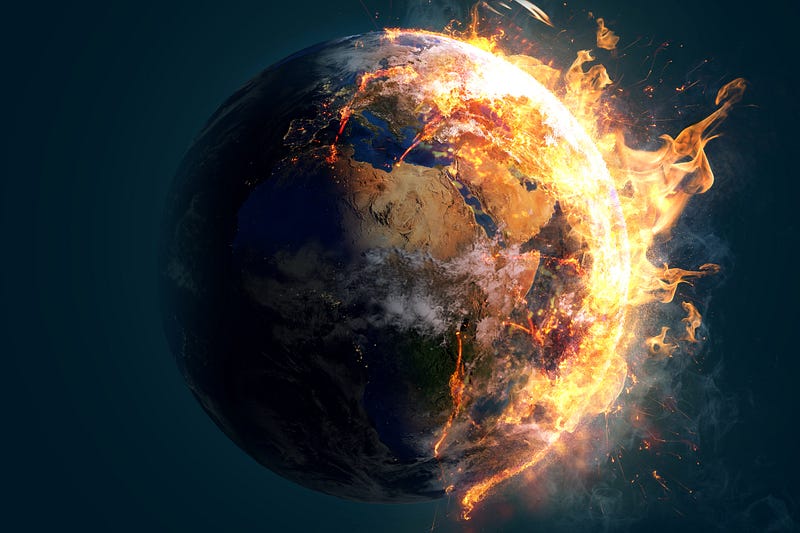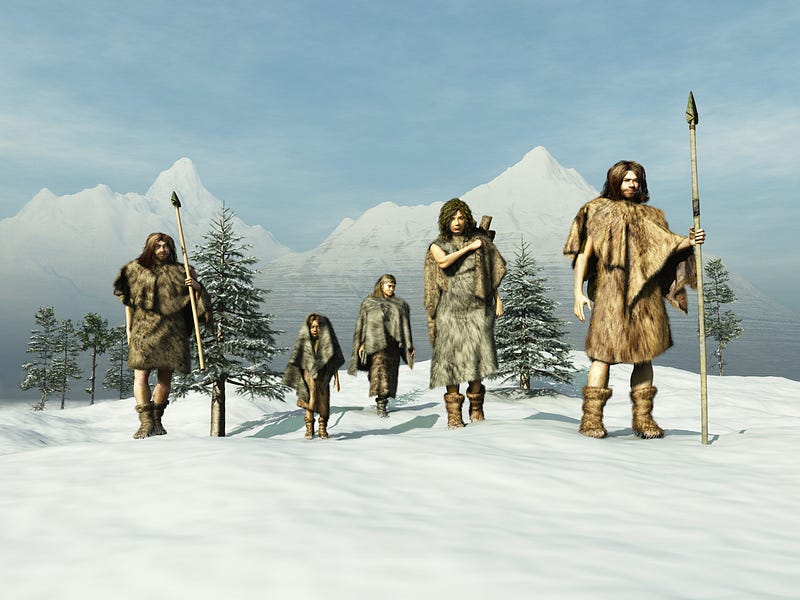Natural Disasters That Nearly Led to Humanity's Extinction
Written on
Chapter 1: The Toba Supervolcano and Its Impact
Throughout history, several natural disasters have posed existential threats to human life. A prime example is the Toba Supervolcano, located in Indonesia, notorious for one of the most catastrophic eruptions in Earth's timeline. This eruption led to a cooling phase lasting around 1,000 years, primarily due to ash that obscured sunlight. According to Dr. Drew Shindell, a climatologist from NASA’s Goddard Institute for Space Studies:
"We have substantial evidence indicating that significant genetic bottlenecks, where large portions of species were eradicated, are often linked to volcanic activity. Should another super-eruption occur, it could potentially obliterate vast numbers of Earth's species."
Section 1.1: The Ice Age that Almost Wiped Us Out
Approximately 195,000 years ago, Earth entered a severe cooling era that made much of Africa uninhabitable. As reported by CBC, genetic analyses reveal that during this period, human populations drastically decreased from over 10,000 breeding individuals to as few as 600. This event nearly pushed Homo sapiens to extinction, which means all modern humans can trace their lineage back to this small group of survivors. Consequently, we possess less genetic diversity compared to many other species, including our closest evolutionary relative, the chimpanzee.

Section 1.2: The Comet Fragments of 1883
In 1883, Earth narrowly escaped a catastrophic event involving numerous comet fragments. Initially observed by astronomer Jose Bonilla in Mexico, these celestial objects were first misidentified as birds due to their unique appearance as they passed across the Sun. However, further analysis revealed that humanity was on the brink of disaster, with these fragments coming as close as 372 miles to Earth’s atmosphere. Ranging in size from 160 to 2,600 feet in diameter, if just one had collided with our planet, the consequences could have been dire.
According to Amy Mainzer, a leader of a NASA mission dedicated to tracking near-Earth objects:
"An object in the 100 to 200 meter (328–656 ft) range could cause immense destruction. Its impact would be equivalent to several hundred megatons of TNT, far exceeding the largest nuclear weapon ever detonated."

Chapter 2: Conclusion and Reflections
As we contemplate the future of humanity over the next century, one cannot help but ponder our survival against the backdrop of such natural threats. It’s a complex question, one without a clear answer—unless, of course, you possess a time machine. If that's the case, I recommend traveling back to 2009 to invest in Bitcoin (BTC) and Amazon stocks!
On a serious note, it’s crucial to recognize the potential dangers posed by natural disasters. We must learn to respect nature, for it holds the power to challenge humanity’s existence.
To encapsulate this sentiment, I leave you with a poignant quote from Neil deGrasse Tyson:
"Despite all our technological advancements and conveniences that make modern life easier, a single significant natural disaster can erase it all and remind us that we are still at the mercy of nature."
The first video, The Storm That Almost Ended The World, explores various natural disasters that could have drastically altered the course of human history.
In the second video, 5 Disasters That Nearly Ended Humanity, discover other significant events that brought humanity to the brink of extinction.